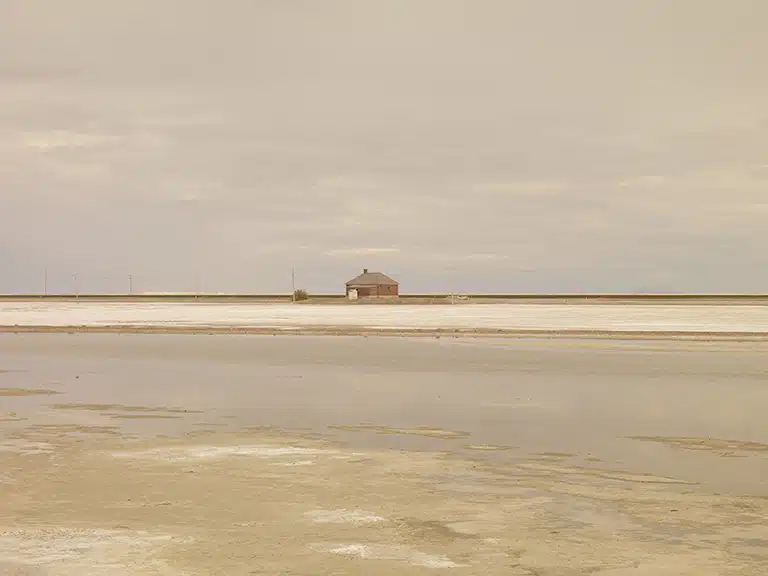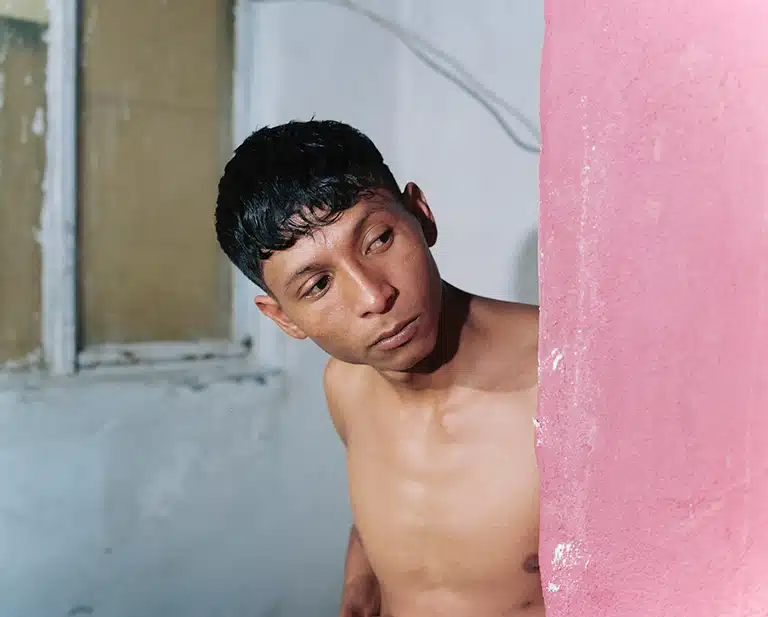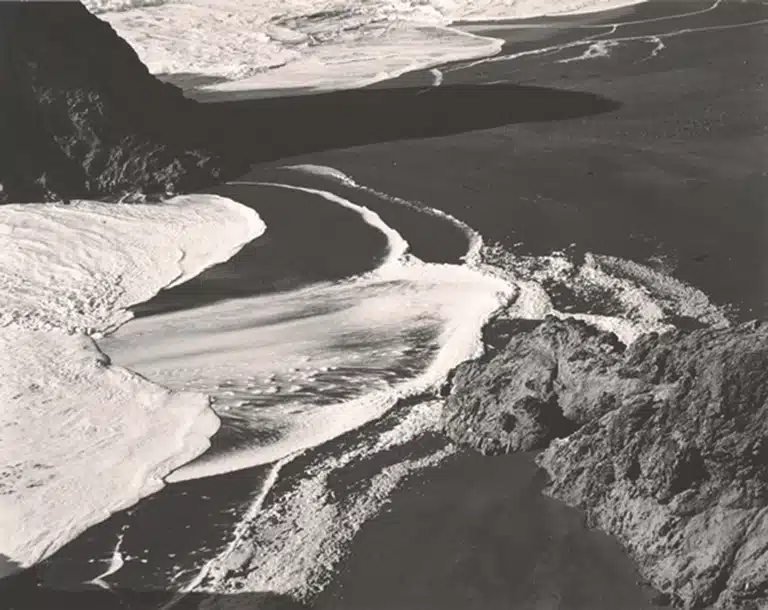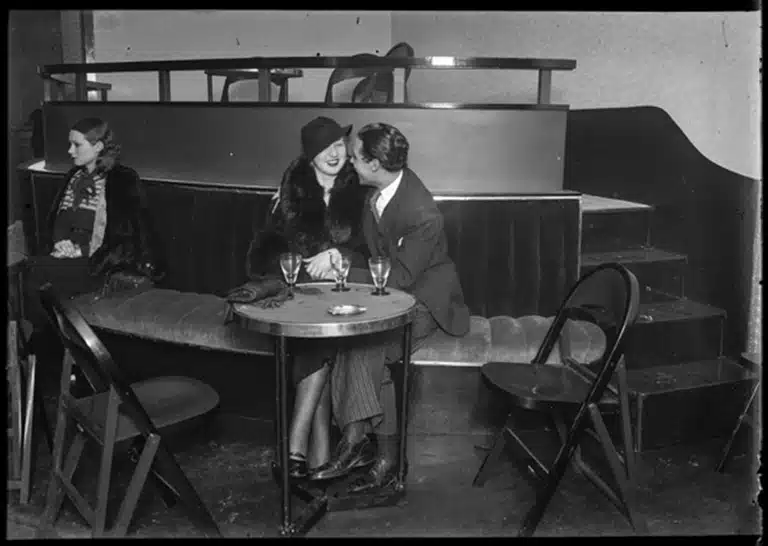Emmet Gowin
MAY.29.2013 ──────── SEP.01.2013
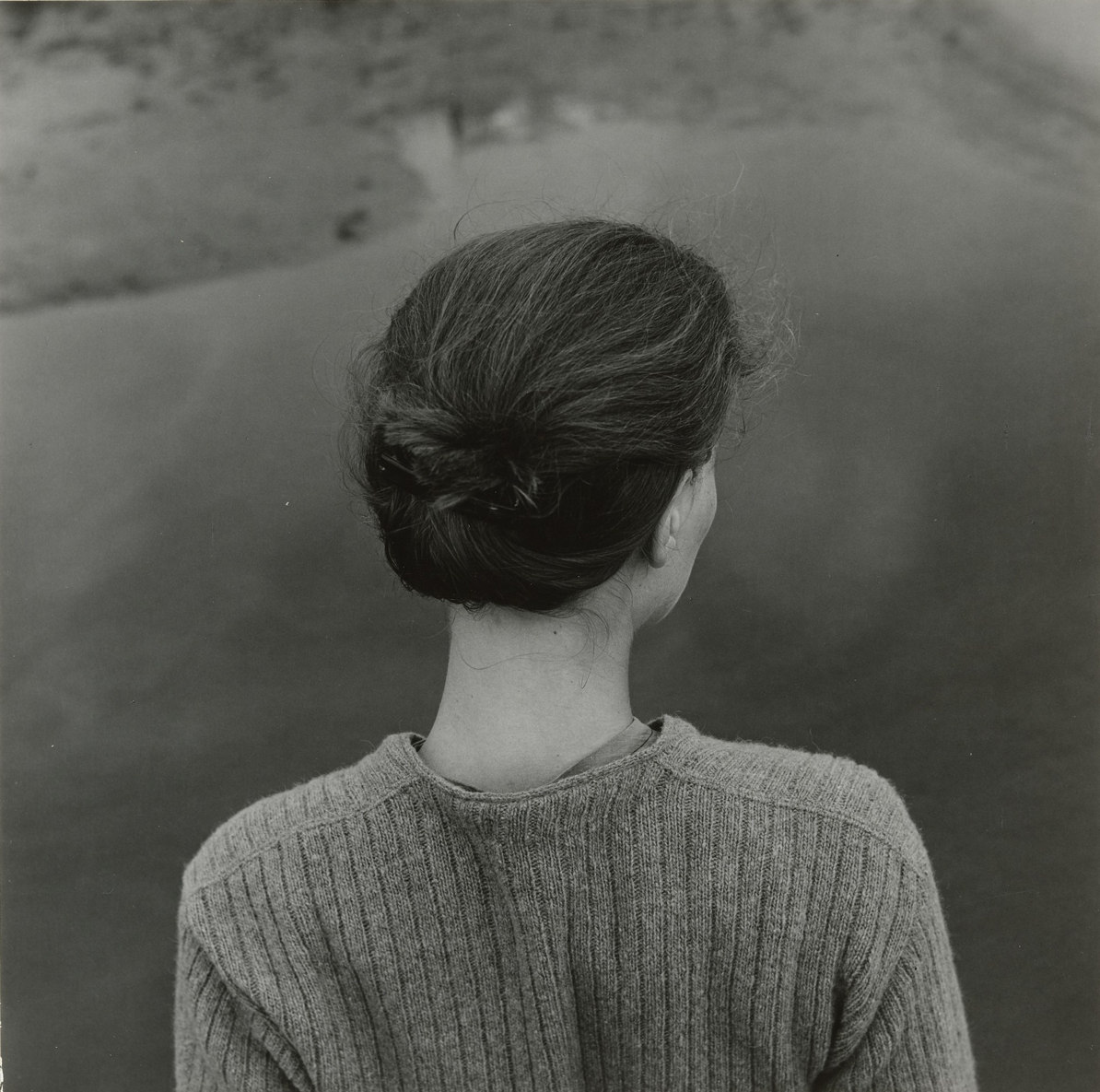
Edith, Chincoteague Island (Virginia), 1967
Silver gelatin
© Emmet Gowin, courtesy of Pace/MacGill Gallery, New York
The exhibition offered a glimpse of the different stages in the work of American photographer Emmet Gowin, providing us with insight into the photographer’s vision of reality, from the most private to the most universal.
Organized in close collaboration with Gowin, the show presented a broad selection of the main themes that have characterized the photographer’s work throughout his career.
The exhibition
From familial scenes to aerial views. From nudes of Edith over the years to circle irrigation in Kansas that consumes millions of liters of water despite none being available, to the Nevada desert like a lunar landscape in the aftermath of nuclear tests, the exhibition gathered the central themes at the heart of Gowin’s work.
On the one hand is family, with the photographer’s wife Edith Morris as the protagonist. From beginning to end, the most recurring motif in Gowin’s work is his wife, Edith. In these photographs, artistic vision is grounded in the power of communication between people who love and respect each other deeply. The images also reflect an understanding of sexuality as part of nature, where the body is accepted in all its states and functions.
On the other hand are aerial landscapes. Since 1986, Emmet Gowin has paid special attention, through aerial photography, to the devastating consequences of human activity in numerous countries. His aerial photographs are truly arresting for their ability to offer a descriptive and abstract vision of the landscape at the same time.Far from passing judgment on the environmental destruction wreaked by human development, Gowin reaffirms the ability of art to redeem our destructive behavior.
The exhibition also contained several vistas of Andalusia in a project that Fundación MAPFRE commissioned Gowin to carry out.
